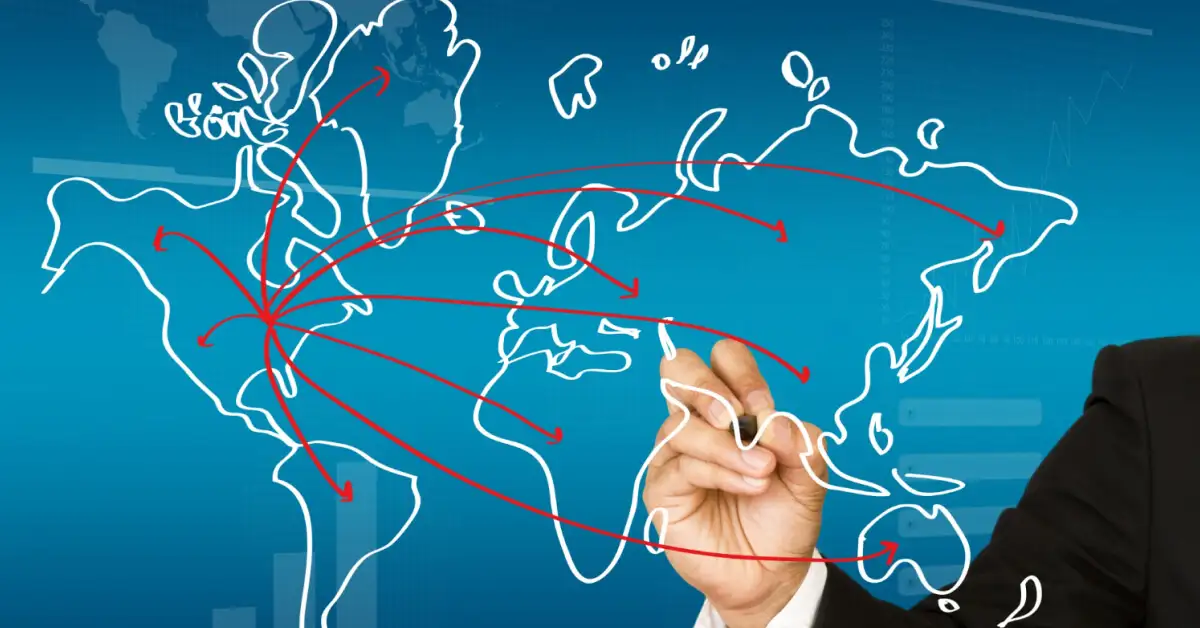In an era where borders no longer define opportunity, business growth is no longer local – it’s global by default. Ambitious founders, multinational corporations, and family offices are increasingly building structures that stretch across continents, industries, and capital systems.
But with this ambition comes complexity. Expanding into new markets is not simply about registering entities or ticking regulatory boxes. It’s about building a structure: legal, operational, and financial that enables sustainable scale. This is where traditional models fall short, and where a new framework becomes essential.
From Formation to Function: Rethinking the Starting Point
Historically, international growth began with entity formation. Businesses would set up legal entities in their target markets and adapt as they grew. But this reactive model often leads to fragmented structures, compliance blind spots, and inefficiencies that only surface once operations are underway.
At Encor, we approach global structuring from a different angle. The goal isn’t just market entry – it’s long-term scale and operational fluidity. The question is not “Where can we register?” but “How should we design our structure to support strategic expansion, investment flows, and governance from the outset?”
This shift requires a framework that integrates four key layers:
1. Jurisdictional Strategy: More Than Just Location
Choosing the right jurisdiction is about more than tax rates or ease of setup. It’s about aligning regulatory environments with long-term business goals. For example:
- Holding structures in Hong Kong or Singapore may offer capital gains advantages and treaty access.
- Operating entities in the UAE, Saudi Arabia, or Qatar offer regional access, talent availability, and investment incentives.
- Compliance-heavy markets like mainland China require deep knowledge of local business culture, reporting, and control structures.
A sound framework considers these jurisdictions not in isolation, but as parts of a coordinated whole: balancing risk, reputation, and regulatory exposure.
2. Governance & Control: Designing for Clarity and Continuity
As companies expand, governance becomes more than an internal exercise. It becomes a signal to regulators, investors, and partners.
Clear decision-making protocols, defined signatory rights, and cross-entity alignment are essential. So is building in operational continuity, especially in family businesses or founder-led companies where succession is a strategic factor.
We advise clients on designing governance structures that reflect their risk appetite, ownership models, and growth plans – from single-founder startups to multi-generational family offices.
3. Tax Efficiency Without Aggression
Tax is no longer just a cost line, it’s a reputational issue. Authorities globally are tightening cross-border reporting, substance requirements, and anti-avoidance rules.
A modern structuring framework doesn’t chase tax arbitrage. It seeks sustainable efficiency fir aligning group operations with substance, transfer pricing, and economic activity.
At Encor, we work with clients to ensure their tax structures support growth without triggering red flags. That includes advisory on:
- CFC (Controlled Foreign Corporation) rules
- Economic substance compliance
- Withholding tax planning and treaty access
- Exit scenarios and capital repatriation
4. Scalability & Agility: Structuring for the Unknown
Perhaps the most overlooked aspect of structuring is scalability.
Markets shift. Strategies evolve. Businesses enter new verticals, raise capital, or plan exits. A rigid structure, built for one stage of growth, can quickly become a liability.
That’s why the new framework must be modular. It should allow for:
- Addition of new jurisdictions without major reorganisation
- Ring-fencing of risk between business lines
- Smooth onboarding of new investors or shareholders
- Simplified exits or partial divestments
In short, the structure should not just hold the business. It should support its movement.
The Encor Perspective
Our work across Asia, the GCC, and beyond has shown us one thing: no two growth stories are the same. But the companies that scale smoothly across borders, capital markets, and industries have one thing in common: structure by design.
At Encor Group, we help our clients engineer growth globally through strategy-led structuring. Our teams combine jurisdictional insight, legal coordination, and advisory foresight to create robust platforms for expansion.
In a world where speed matters and compliance is non-negotiable, a strong structure is not just a requirement, it’s a competitive edge.
Strategic Expansion Begins Here
Scaling globally isn’t just about ambition but more about architecture. The right framework can turn complexity into clarity, and borders into bridges. Whether you’re entering your second market or restructuring a multi-entity group, the question is no longer if structure matters, but how well it’s designed.
At Encor, we help you build it right from the start.
